Most people see their pets as part of the family.
There have been plenty of studies done that prove this, but all of us pet owners already knew it anyway. I mean, how could you not? They’re wonderful little creatures and I’m not sure we even deserve them!
But when you see them as one of the brood, it can be hard sometimes to remember that they can’t always safely enjoy the same things as us. They might be “people,” but they aren’t human.
Below are many common household items that are harmless to us – but toxic to our cats and dogs. If you ever suspect that your pet has ingested any of these items, it’s important to contact your veterinarian immediately.
Essential Oils
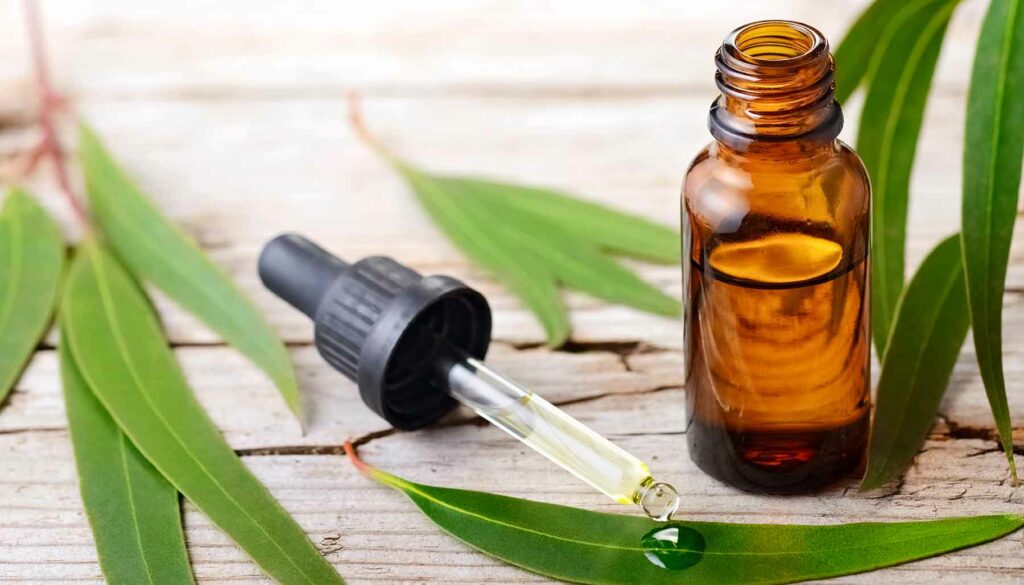
There are plenty of benefits associated with essential oils. They can be used to make chemical-free household cleaners, they provide plenty of psychological benefits with aromatherapy, and some can even kill bacteria and viruses. Really, there are too many benefits to name, and those benefits vary depending on the specific essential oil.
Essential oils are unfortunately not beneficial for our four-legged friends. In fact, they can be pretty dangerous for cats in particular. Cats can absorb essential oils through their skin, by inhaling them or by licking the oil off themselves. They don’t have the specific enzyme needed to metabolize the essential oil, leading to liver toxicity. And while dogs aren’t as sensitive to the oils as cats are, dogs can experience skin irritation from essential oils and there are certain oils that are toxic to dogs.
Salt Lamps
Himalayan salt lamps are carved from pink Himalayan salt and have a light bulb inside. They have a distinct natural look and emit a calming and warming pink glow. Many people buy them because they love the way they look, and they enjoy the ambiance provided by the pink light. Others praise their supposed health benefits, such as improving the air quality in the room, boosting your mood, or helping you sleep.
Whether or not they actually provide those benefits, I’m not sure. However, I do know that these beautiful lamps are unfortunately toxic for cats and dogs. It’s because they’re literally big chunks of salt, posing a risk of salt toxicity. Our pets need much, much less sodium than us because they are smaller. One lick won’t cause any problems, but if your pet gets hooked on the salt and keeps licking the lamp, it can pose serious risks. Salt poisoning can cause vomiting, diarrhea, lethargy, excessive thirst or urination, and more. It can also lead to kidney damage, seizures, coma, and even death.
Houseplants
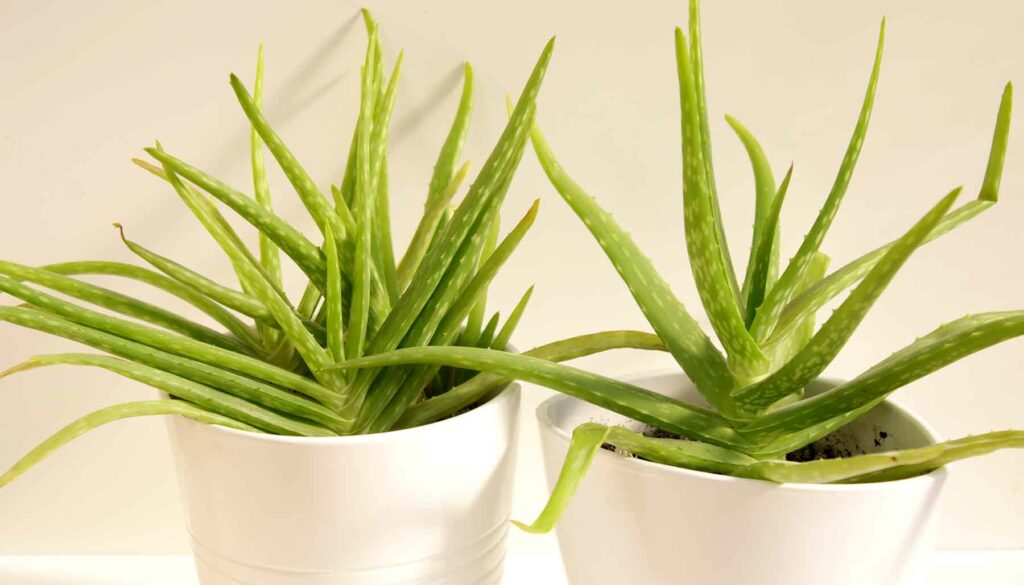
Don’t worry if you love having an indoor jungle. Not all houseplants are toxic to cats and dogs. In fact, there are many plants that are safe to bring into your home around your fur babies. Check out our list of some houseplants that are safe to have around your cats and dogs.
Unfortunately, there are a lot of common houseplants that aren’t safe to keep around pets. And I hate to tell you this, but everyone’s favorite easy-peasy pothos is on the unsafe list! Other toxic houseplants include hyacinths, aloe vera, lilies, snake plants, poinsettias, jade plants, and more. These can have adverse (or even deadly) effects on your fur babies. For an extensive list, check out the ASPCA’s list of poisonous plants here.
Xylitol
Although the word might not be familiar, you have likely ingested plenty of xylitol. It’s a sweetener that is often used as a sugar substitute because it has fewer calories than the real stuff. It’s commonly found in “sugar-free” chewing gum, mints, and candies. It doesn’t cause tooth decay like regular sugar, so it’s also used to sweeten toothpaste and other dental care products. You might even find it in some peanut butter, yogurt, jams, and jellies.
It’s really dangerous for dogs, though. Even small amounts can be deadly, and this is particularly true for small breeds. It can cause hypoglycemia (low blood sugar), seizures, liver failure, and even death. It’s important to note that xylitol poisoning is on the rise. That’s because the sweetener is increasingly being used in common products, even non-food items like baby wipes or lip balm.
Household Cleaners
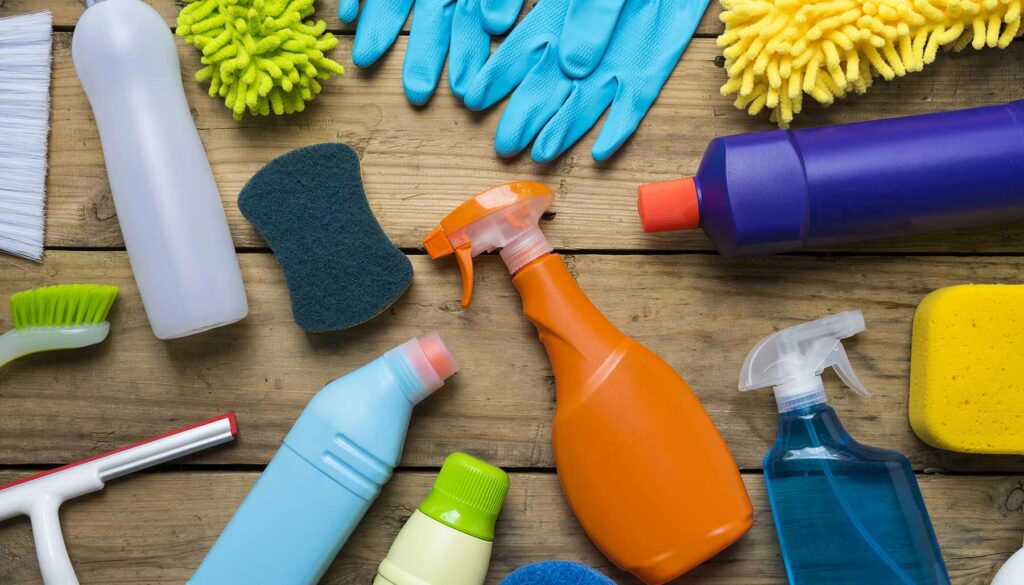
I know that this is an obvious one, but we have to mention household cleaners when talking about products that are toxic for pets. We all have various cleaners in our homes, so it’s important to know the dangers and make the effort to keep them away from our furry friends.
Some household cleaners are fine to use around our pets, although beware “natural” products that contain essential oils. But here’s a list of common ingredients that are no good for cats and dogs. Be careful with these:
- Ammonia
- Benzalkonium chloride
- Chlorine bleach
- Formaldehyde
- Fragrances
- Glycol ethers
- Hydrogen peroxide
- Phenol
Keep your pets away from the room or area you are cleaning, make sure it’s well-ventilated, and allow everything to dry completely before allowing them back in. And just like with small kids, keep disinfectants and other cleaners completely out of your pet’s reach.
Medications
It was just last week that I learned that antidepressants like Effexor and Cymbalta are unusually attractive to cats. Medications like this can cause heart or neurological problems. Definitely keep those far, far away from your fur babies! But other medications intended for humans should also be kept far out of reach of our pets. Many of these medicines are perfectly safe for us but can be harmful or deadly for cats and dogs.
There are some medicines intended for humans that can be used by our pets, but this should never be done without the direction of a veterinarian. It’s really easy to accidentally give your pet an overdose. A tiny increase may be nothing for us, but that tiny difference can be detrimental to our animals, who are much smaller.
Onions, Garlic, and Chives
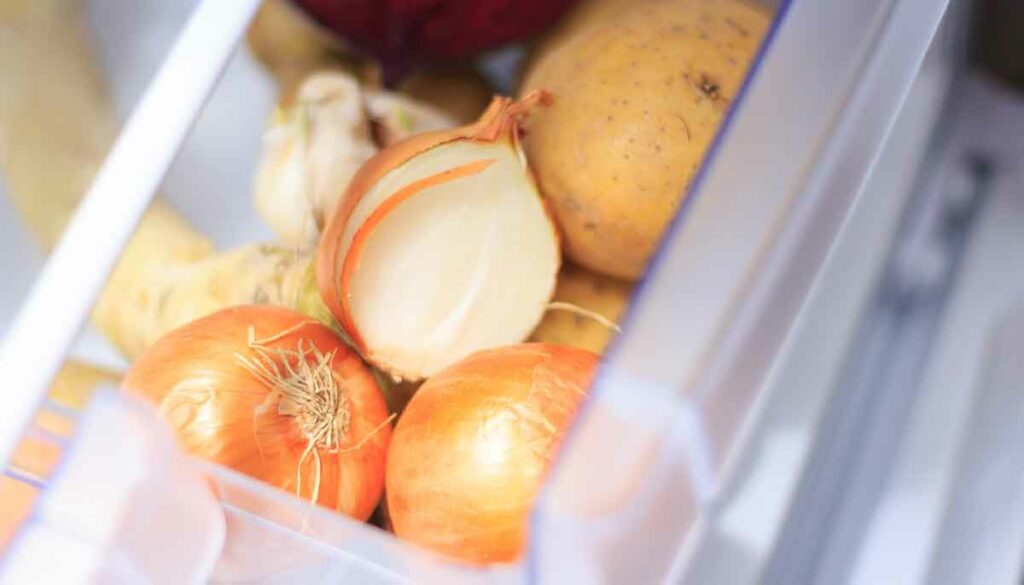
Everything about an onion is toxic to dogs and cats. That includes the onion’s flesh itself, but also the juice and onion powder. And if you check pre-made and processed foods, it seems like onion powder is in just about everything!
The toxicity isn’t limited to onions alone. Everything in the Allium family is toxic to pets, like garlic, shallots, chives, leeks, and scallions. They cause red blood cell destruction, resulting in anemia. Symptoms can include a reduced appetite, vomiting, weakness, panting, a rapid heart rate, or blood in the urine.
Chocolate
Many dog owners are already aware that chocolate can be lethal for dogs. It is because of its theobromine content that dogs can’t metabolize effectively. Chocolate also contains caffeine, which is dangerous for dogs, too. The amount that can be dangerous will vary, depending on your dog’s size. Signs of poisoning might include vomiting, diarrhea, excessive thirst, panting, increased urination, or a racing heart rate. In more severe cases, it might cause tremors, seizures, or even heart failure.
I’ve always heard that chocolate is bad for dogs, but what about our feline friends? As it turns out, cats are also susceptible to theobromine poisoning. We just don’t ever hear about it because cats are a lot pickier about what they eat. They also lack the ability to taste sweetness, so they’re less likely to be attracted to sweet treats like chocolate.
Grapes and Raisins
Grapes and raisins are a healthy snack choice for us humans, but they can be dangerous for our pets. Dogs are attracted to grapes and raisins because they are sweet, so make sure you keep these far out of reach. Even a small amount of grapes or raisins can be deadly because they lead to kidney failure.
Like with chocolate, no one ever hears about grapes being toxic to cats. However, there have been reports of cats falling ill after eating them. Again, cats aren’t likely to seek out sweet foods like raisins and grapes, but it is better to be safe than sorry and keep them away from your cat.
Caffeinated Beverages
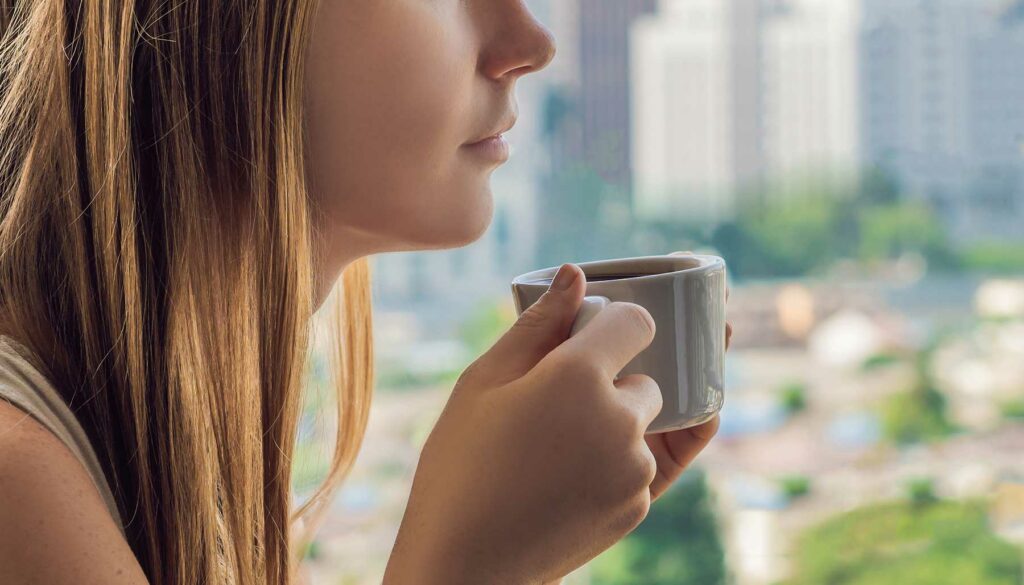
Caffeine is a stimulant for us humans, and it has the same effect on other animals, like our pets. The problem, though, is that our pets are much smaller than us. That makes them much more sensitive to caffeine and its effects.
Milder symptoms include restlessness, hyperactivity, an elevated heart rate, elevated blood pressure, and vomiting. Large doses can lead to a loss of muscle control, tremors, seizures, and even death.
Alcoholic Beverages
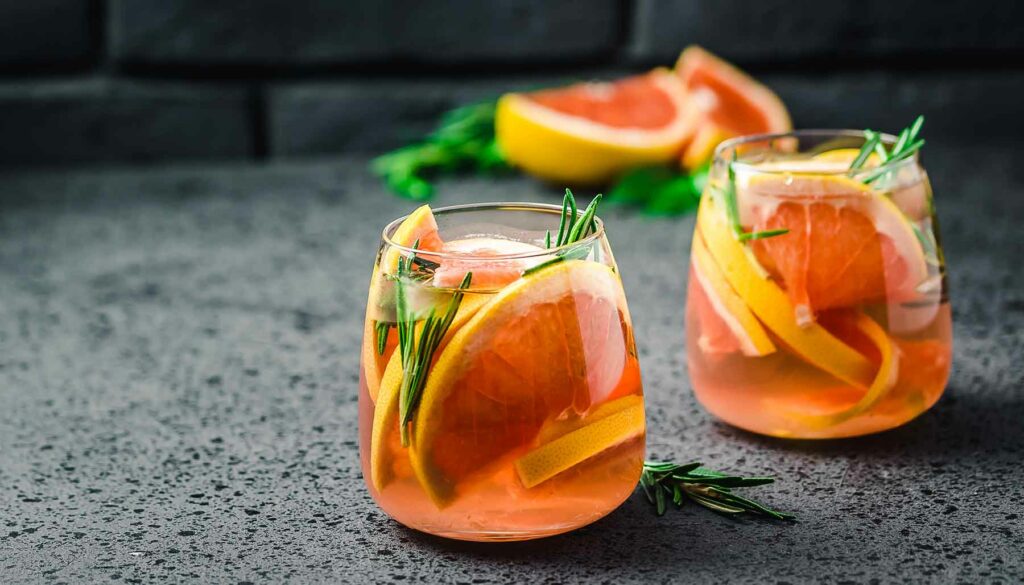
Alcohol is another substance that affects pets the same way it does with us. But again, pets are so much smaller that it takes a much smaller amount to be dangerous. This includes alcoholic beverages as well as substances like liquid cough medicine, alcohol-based sprays, rubbing alcohol, and more. Look for ingredients like ethanol, methanol, and isopropanol.
After ingesting, your pet may show signs of mild intoxication or severe inebriation, depending on how much they drank. Also look for symptoms such as vomiting, diarrhea, excessive salivation, difficulty breathing, a slow heart rate, loss of consciousness, and seizures. If your pet ingests enough, it can result in death.













